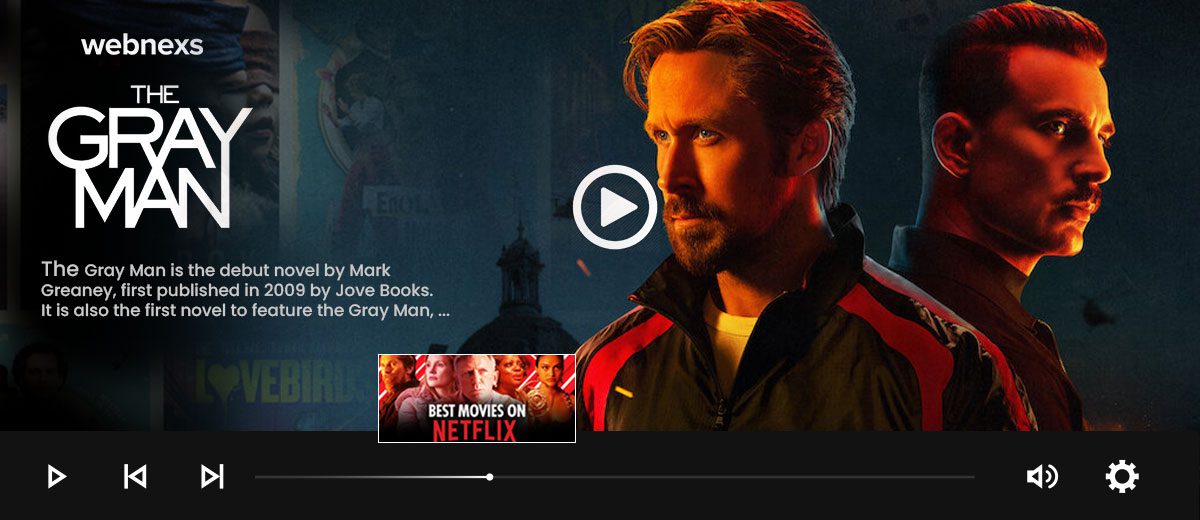Netflix is a subscription-based OTT platform that costs money. It’s an online media streaming service that lets consumers watch their favorite episodes and movies on as many devices as they like. Netflix Business model has a market valuation of $150 billion because of its revenue strategy. It’s also the largest video-selling platform on the planet.
The media and entertainment industries have been the fastest-growing sectors in recent years, bringing in billions of dollars each year. The television industry is one of the most important aspects of this industry. However, due to the quick pace of modern life, it is now hard to watch one’s favorite shows at a specific time.
Customers may watch their favorite episodes and movies on as many devices as they wish thanks to Netflix, an online streaming media service.
Netflix’s Brief History

Netflix’s beginnings may be traced back to 1997, when Reed Hastings of the United States incorporated the concept and, later in 1999, began operating a movie renting service.
Initially, it was a subscription-based DVD mailing business, in which a consumer would pay a monthly fee to rent and receive DVDs for a set length of time.
Netflix business model evolved over time to become an on-demand internet streaming video service available to users in North America, South America, Asia, Europe, and Oceania. They have over 120000 titles available for online streaming in 2012, with over 23 million users.
Today, the platform has progressed to streaming technologies, which have enhanced and improved Netflix’s entire revenue and business structure. Through the use of a software application, the platform allows viewers to stream and watch a wide range of TV series, movies, documentaries, and other content.
Netflix has risen to become the world’s ninth-largest internet company by revenue since switching to streaming, extending its global reach.
Creating unique content
Subscribers increased from roughly 7 million to 33 million between 2007 and 2013, until Netflix’s next big strategic shift.
As a result of Netflix’s success, Hollywood film and television studios began to demand higher fees for licensing its content, forcing Netflix to diversify into original content in order to safeguard its survival.
What is Netflix Business model?
Netflix’s massive subscription base, which ranges from $8.99 to $15.99 per month, is the company’s principal source of revenue today. With an annual revenue of millions of dollars, the network is profitable. There are an approximate 182.8 million paying customers worldwide.
Netflix is having trouble attracting new members in the United States, as indicated by its most recent financial report, and is instead focusing on growing its foreign user base.However, when compared to other prominent streaming sites, Netflix still has a significant lead.
According to a recent Sandvine study, the service consumes more online traffic during peak periods than Youtube, Amazon, and Hulu combined.
Customer Segments at Netflix
Netflix’s platform is meant to provide users with a diverse selection of genres from which to choose. Everyone who is interested in watching movies, TV series, and documentaries – and who isn’t? – will find something to their liking in their library (movies or shows).
Netflix tries to promote family-friendly, educational, and amusing content to assist catch the better interests of families, despite the fact that it has content for both children and adults.
Related : Click here to see why you should build your own OTT platform.
Keeping its SVOD roots intact.
Netflix has distinguished itself by rejecting the push to switch to an ad-supported, tier-based strategy. Despite the expanding number of streaming options available, the corporation has persisted in its approach of assuming that committed consumers will continue with their subscriptions.
Netflix, on the other hand, will have to find new ways to maintain its existing members as some of its most popular streaming series, such as The Office and Friends, have moved to competitor platforms.
Netflix’s battle to be the most dominant competitor in an increasingly crowded sector will undoubtedly continue to cost it money. With investors becoming increasingly concerned about the firm’s sluggish domestic revenue, the company must devise a long-term strategy to maintain its leadership position.
Important Collaborations
Netflix also works together to form relationships with a wide range of film producers, writers, filmmakers, and animators in order to obtain and legally show material. It also has partnerships with internet service providers, all of which help it succeed financially.
Domestic streaming: Because it is based in the United States, this streaming plan is only available to residents of the United States, and the earnings come from monthly membership fees.
Monthly membership costs for services that are only focused on streaming content to subscribers outside of the United States are referred to as international streaming.
Conclusion
Netflix business model has proven to be effective. Businesses of all sizes may now simply mimic Netflix’s subscription technology, according to Webnexs Live streaming, which made this possible by assisting company owners in running their popular OTT platform. They are truly pioneers in the field, having pioneered the way for a completely new manner of viewing video material.
Reach out to a member of the Webnexs live streaming team if you’d like to learn more about having your brand on connected TVs and mobile apps, including subscriptions and ad support.
Click here to learn about the critical factors to consider while creating your own OTT platform.


